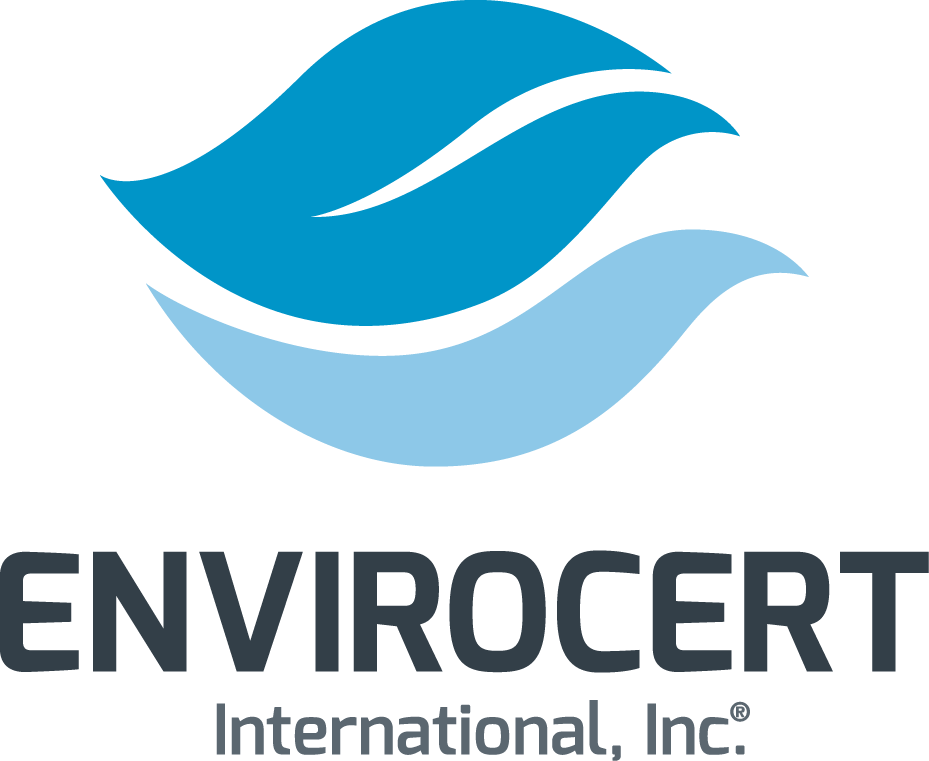
1977: The Certified Professional in Erosion and Sediment Control (CPESC) Program was first proposed Santa Cruz County, CA. The local Conservation Districts and the Central Coast Section of the CA Chapter of the Soil Conservation Society of America (SCSA) [SCSA was renamed the Soil and Water Conservation Society (SWCS) in 1987], a formal resolution including a model program was presented to the CA SWCS Chapter on June, 27, 1978. It was determined that the legalities and administration involved in a licensing program was beyond the capabilities of a state chapter, so it was revised to become a certification program. Logistics resulted in an agreement with American Society of Agronomy (ASA), that had an existing certification body, the American registry of Certified Professionals in Agronomy, Crops, and Soils (ARCPACS), to administer the program.
1981: The CPESC Program was approved as a national SCSA Program, and was announced in the December-January issue of SCSA’s Conservogram. The first Certified Professionals were named that year. This included the establishment of the Certification Review Panel (CRP) to review applicant’s credentials.
1984: Due to the growth of the program, SCSA established the Promotions Committee with John Peterson, CPESC #30, as its Chairman, took over administration of the organization. In 1984, the first national CPESC meeting in conjunction with the SCSA annual meeting in St. Louis. That CPESC meeting continued to be a part of SCSA/SWCS national meetings thereafter. The Promotions Committee also started a newsletter for CPESC’s called Broad Castings. They also published a Consultant’s Directory, listing all CPESC’s and their area of Expertise.
1990 – 1991: Jim Barrett, CPESC #2, Ward Hastings CPESC #168 and John Peterson, CPESC #30 worked together to have CPESC recognized by IECA. Ward also presented the very first tutorial for applicants at an IECA Conference in Orlando that year.
1991: Both SWCS and IECA had representatives (Liaisons) working with the CPESC leadership.
1996: The CPESC Council received a request from officials in the U.S. Environmental protection Agency (EPA), to develop a certification program for specialists working on stormwater issues. This led to the development of the Certified Professional in StormWater Quality (CPSWQ) program, started in about 1998.
1999: The CPESC council was formed to replace the Certification Review Panel.
2001: SWCS ended administration of the program, and transferred to CPESC, Inc.
2007: CESSWI was established to address the specialization and intricacies associated with field operations and inspections.
2010: CMS4S (now CPMSM) was established to address the Federal Municipal permit.
2013: Councils voted to become divisions of EnviroCert International, Inc.
2014: Councils were dissolved and the organization restructured to consist of 4 certifications under the EnviroCert umbrella.
2015: ECI launches new Certification Management System (CMS). ECI also initiates the new structure which includes hundreds of changes in Policies and Procedures, which includes various Standing and Working Committees, new Code of Ethics and Conduct, Trainer Agreements and guidelines, Class registration, new exam and exam structures, exam firewall and security measures. These efforts are anticipated to be completed by 2018.
2016: ECI launches a new working website and connection to portals. Exams are established On-Line through PSI. The CPISM committee initiates and compiles national research and the initial test outline and scope of practice for the upcoming certification. MOU with Ibero-America. Launches the new ECI Newsletter in September. Re-launched the Program and State Committees.
